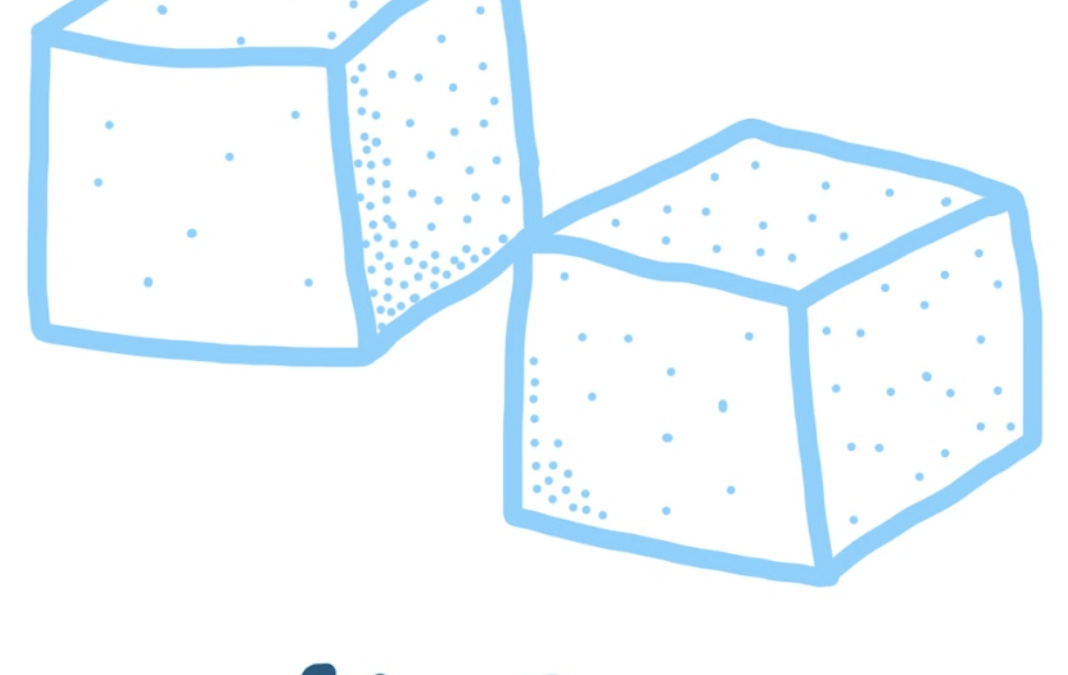How is it that coffee still tastes sweet, even though in scientific literature we’re told all — or almost all — the sugars have been caramelised. Is the literature wrong?
Il caffè verde contiene fino a 9% saccarosio (A. Farah) oltre che numerosi polisaccaridi (più zuccheri uniti in lunghe catene). Tuttavia, solo gli zuccheri semplici e la filiera cortissima polisaccaridi avere un sapore dolce.
Durante la tostatura, due reazioni chimiche consumano gli zuccheri nel caffè verde: caramellizzazione and Maillard reactions. Maillard reactions happen at 140-165°C, and sucrose caramelises at 160°C. Given that the final temperature of coffee beans in the roasting process typically reaches 200°C or higher, you would expect very little sugar to remain at the end of the process, and indeed more than 99% of the sugars in green coffee are degraded in roasting (Chimico al gusto di caffèy di von Flament, 2002)
Qualsiasi filiera corta polisaccaridi sono anche suscettibili di essere scomposti nelle prime parti dell'arrosto in zuccheri più semplici, che vengono poi consumati anche in caramellizzazione.
Anche ad alte temperature, ci vuole tempo per caramellizzazione verificare. Di conseguenza, il caffè tostato contiene ancora quantità rilevabili di zuccheri semplici, tra cui fruttosio, arabinosio e glucosio (U. Kroeplie, 1974). Tuttavia, la quantità di zucchero rimanente è ben al di sotto della soglia di gusto (Chimica degli alimenti di H.-D. Belitz, W. Grosch, P. Schieberle).
Se non c'è praticamente più zucchero rimasto, cosa porta la sensazione di dolcezza a una buona birra? La risposta sta negli aromi e nel modo in cui questi influenzano il nostro senso del gusto.
Strictly speaking, sweetness refers only to a taste on the tongue and should be evaluated separately from odours (by blocking the nasal passages). But many compounds found in coffee have an aroma that is commonly described as ‘sweet’ – from sweet-fruity smelling esters and aldehydes, to the sweet-caramel notes of furans.
Alcuni aromi migliorano anche la nostra percezione della dolcezza, dove gli zuccheri sono effettivamente presenti. Ad esempio, gli aromi di furaneolo ed etil-metilbutirrato, entrambi presenti nel caffè tostato, possono rendere più dolci i succhi di frutta (C. Barba, N. Beno, E. Guichard, T. Danguin, 2018). Un simile composto, ethyl butyrate, enhances the perception of sweetness even at concentrations so low you can’t smell it directly. (D. Labbe, A. Rytz C. Morgenegg S. Ali, N. Martin, 2006)
Sono alcuni aromi nel caffè che possono dare l'impressione di dolcezza, oltre a renderci più propensi ad assaggiare qualunque dolcezza effettiva possa rimanere nell'infuso.
